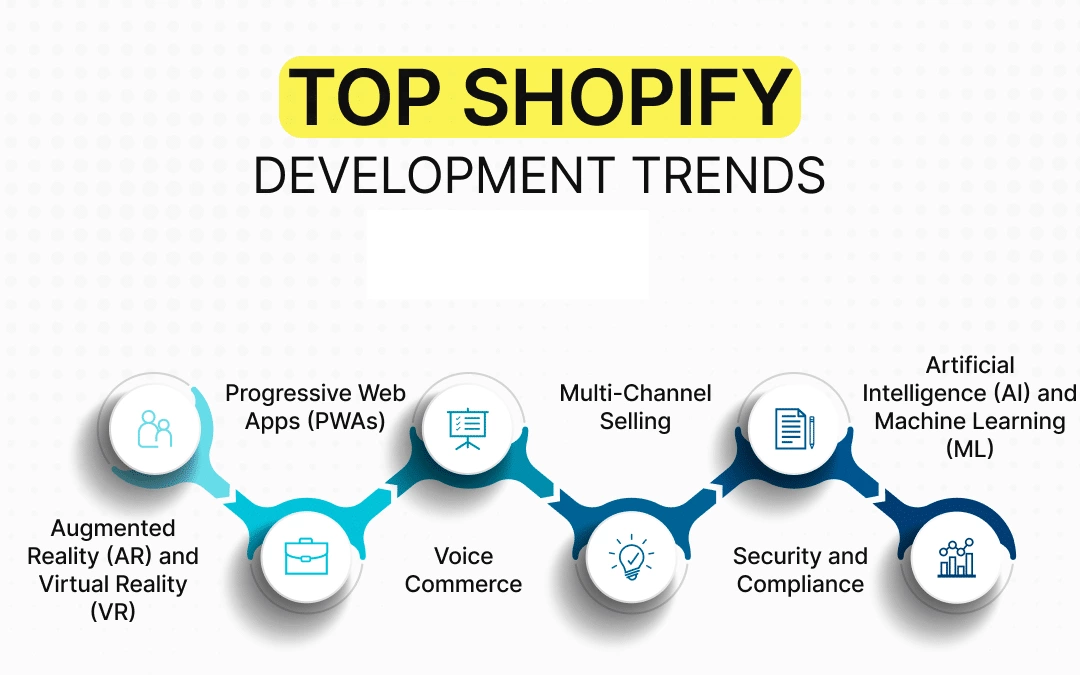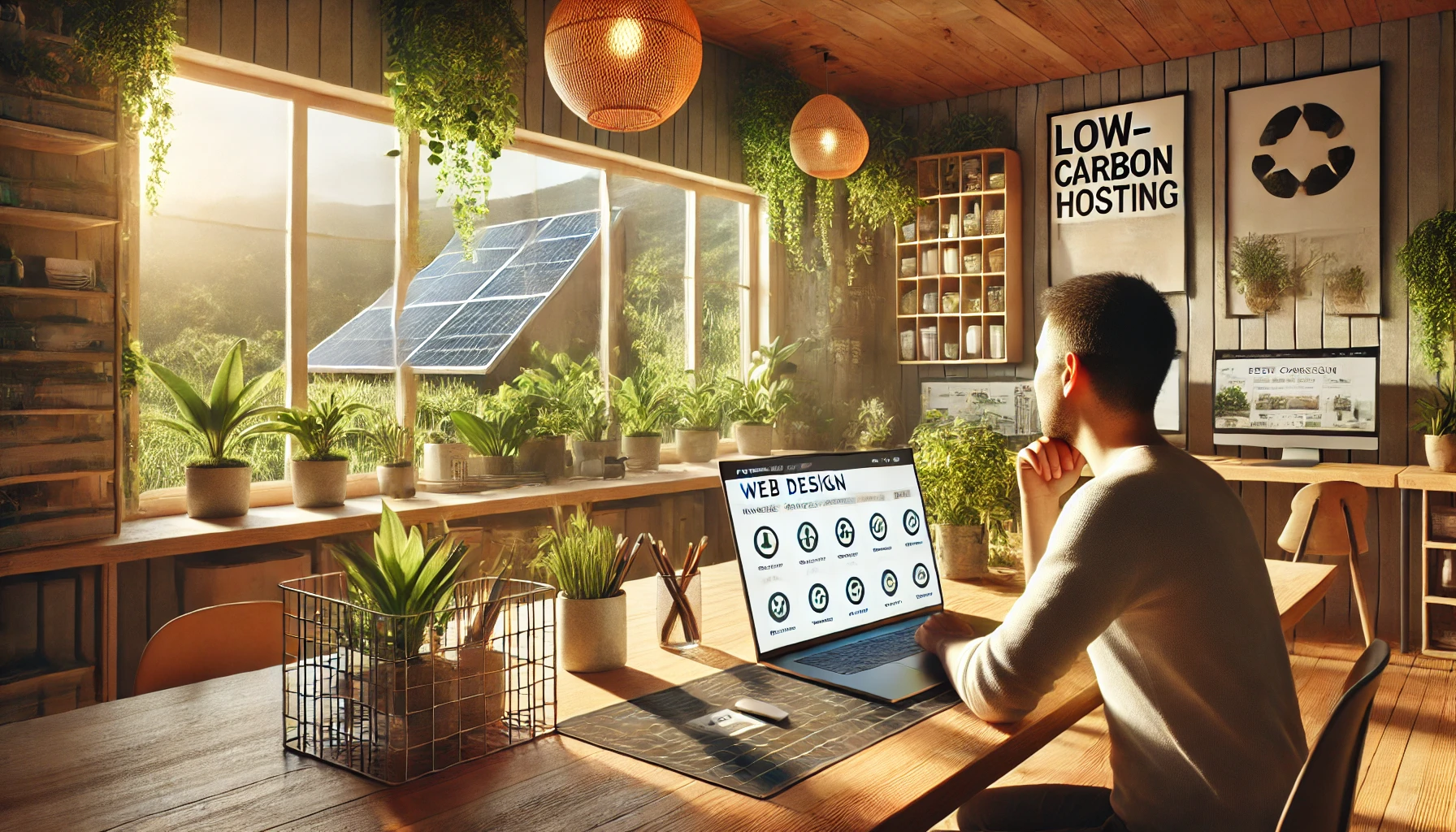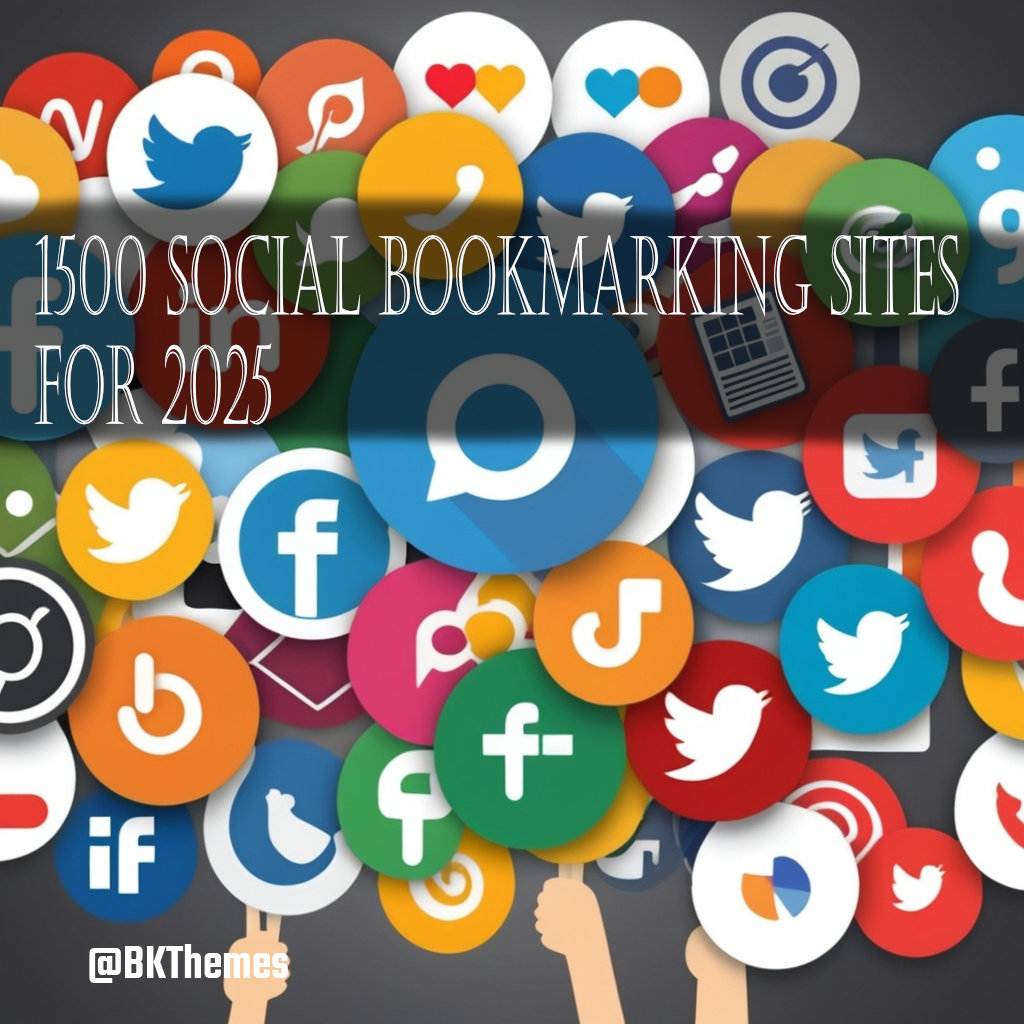
Shopify has continued to dominate the e-commerce industry, offering powerful tools and integrations for businesses worldwide. As technology evolves, Shopify developers must stay ahead of coding trends to build fast, secure, and feature-rich online stores. In this comprehensive guide, we explore the key Shopify coding trends for 2025 and how they will shape the future of e-commerce.
1. **The Rise of Headless Commerce**
Headless commerce is revolutionizing Shopify development by decoupling the front-end and back-end, allowing businesses to create highly customized shopping experiences.
Key Benefits:
-
Greater Flexibility: Use modern front-end frameworks like React, Vue.js, and Next.js.
-
Faster Load Times: Reduced backend dependencies improve performance.
-
Seamless Integrations: Easily connect with third-party applications, CMS platforms, and APIs.
Greater Flexibility: Use modern front-end frameworks like React, Vue.js, and Next.js.
Faster Load Times: Reduced backend dependencies improve performance.
Seamless Integrations: Easily connect with third-party applications, CMS platforms, and APIs.
Implementation Tips:
-
Leverage Shopify's Storefront API for smooth integration.
-
Utilize GraphQL to fetch only the necessary data, improving speed.
-
Opt for a Progressive Web App (PWA) approach for mobile-first experiences.
Leverage Shopify's Storefront API for smooth integration.
Utilize GraphQL to fetch only the necessary data, improving speed.
Opt for a Progressive Web App (PWA) approach for mobile-first experiences.
2. **AI-Powered Personalization and Automation**
Artificial intelligence is transforming the way Shopify stores operate, helping businesses increase engagement and conversion rates through personalization and automation.
AI Innovations in Shopify:
-
Smart Product Recommendations: AI suggests products based on user behavior.
-
Chatbots and Virtual Assistants: Improve customer support with AI-driven responses.
-
Predictive Analytics: Leverage AI to analyze customer trends and optimize marketing strategies.
Smart Product Recommendations: AI suggests products based on user behavior.
Chatbots and Virtual Assistants: Improve customer support with AI-driven responses.
Predictive Analytics: Leverage AI to analyze customer trends and optimize marketing strategies.
How to Implement AI in Shopify:
-
Integrate AI-based tools like Shopify Magic for automated recommendations.
-
Use AI-powered chatbots to enhance customer interaction.
-
Leverage machine learning for fraud detection and security enhancements.
Integrate AI-based tools like Shopify Magic for automated recommendations.
Use AI-powered chatbots to enhance customer interaction.
Leverage machine learning for fraud detection and security enhancements.
3. **Progressive Web Apps (PWA) and Mobile-First Design**
With mobile commerce accounting for a significant portion of e-commerce sales, Shopify developers are focusing on PWA technology to enhance the user experience.
Why PWAs Matter:
-
Fast and Responsive: PWAs load quickly, even in low-connectivity areas.
-
App-Like Feel: Provides a seamless browsing experience without needing a mobile app.
-
Push Notifications: Keep customers engaged with instant updates.
Fast and Responsive: PWAs load quickly, even in low-connectivity areas.
App-Like Feel: Provides a seamless browsing experience without needing a mobile app.
Push Notifications: Keep customers engaged with instant updates.
Implementation Strategies:
-
Use Service Workers to cache assets and enable offline browsing.
-
Optimize images and scripts for faster load speeds.
-
Ensure mobile-friendly UI/UX design for better accessibility.
Use Service Workers to cache assets and enable offline browsing.
Optimize images and scripts for faster load speeds.
Ensure mobile-friendly UI/UX design for better accessibility.
4. **Sustainable and Green Coding Practices**
As sustainability becomes a key concern in tech, Shopify developers are adopting eco-friendly coding practices to reduce their digital footprint.
Eco-Friendly Development Strategies:
-
Optimize Images and Code: Use compressed images and minified CSS/JavaScript files.
-
Reduce HTTP Requests: Minimize API calls and unnecessary scripts.
-
Choose Green Hosting: Use carbon-neutral hosting providers for Shopify stores.
Optimize Images and Code: Use compressed images and minified CSS/JavaScript files.
Reduce HTTP Requests: Minimize API calls and unnecessary scripts.
Choose Green Hosting: Use carbon-neutral hosting providers for Shopify stores.
5. **Enhanced Cybersecurity and Compliance**
With increasing cyber threats, Shopify is strengthening security measures to protect store owners and customers.
Key Security Measures:
-
Two-Factor Authentication (2FA): Adds an extra layer of security.
-
GDPR and Data Compliance: Ensure legal adherence with Shopify’s built-in tools.
-
Fraud Prevention with AI: Detect and prevent suspicious transactions in real time.
Two-Factor Authentication (2FA): Adds an extra layer of security.
GDPR and Data Compliance: Ensure legal adherence with Shopify’s built-in tools.
Fraud Prevention with AI: Detect and prevent suspicious transactions in real time.
Best Practices:
-
Regularly update Shopify themes and plugins to patch vulnerabilities.
-
Use SSL encryption and enable secure checkout options.
-
Implement access controls to limit unauthorized administrative access.
Regularly update Shopify themes and plugins to patch vulnerabilities.
Use SSL encryption and enable secure checkout options.
Implement access controls to limit unauthorized administrative access.
6. **Shopify Hydrogen and Oxygen for Custom Development**
Shopify introduced Hydrogen (a React-based framework) and Oxygen (a hosting solution) to empower developers with high-performance storefronts.
Why Hydrogen & Oxygen Matter:
-
Server-Side Rendering (SSR): Improves SEO and page load speeds.
-
Fully Customizable Components: Enables a tailored shopping experience.
-
Scalability and Performance: Shopify’s infrastructure ensures fast global delivery.
Server-Side Rendering (SSR): Improves SEO and page load speeds.
Fully Customizable Components: Enables a tailored shopping experience.
Scalability and Performance: Shopify’s infrastructure ensures fast global delivery.
How to Use:
-
Build with Hydrogen for custom storefronts while using Shopify as a backend.
-
Deploy on Oxygen for Shopify-managed hosting with built-in scalability.
-
Optimize Lighthouse performance scores by leveraging Hydrogen’s features.
Build with Hydrogen for custom storefronts while using Shopify as a backend.
Deploy on Oxygen for Shopify-managed hosting with built-in scalability.
Optimize Lighthouse performance scores by leveraging Hydrogen’s features.
7. **The Evolution of Shopify APIs**
Shopify continues to enhance its API ecosystem to give developers more flexibility in customizing store functionality.
Key API Developments:
-
GraphQL API Improvements: Faster and more efficient data retrieval.
-
Subscription APIs: Enable advanced recurring billing for merchants.
-
Order Editing API: Allows developers to modify orders after placement.
GraphQL API Improvements: Faster and more efficient data retrieval.
Subscription APIs: Enable advanced recurring billing for merchants.
Order Editing API: Allows developers to modify orders after placement.
Best Practices for API Integration:
-
Use GraphQL queries instead of REST API for optimized data fetching.
-
Implement webhooks to automate order management and notifications.
-
Secure API keys and implement rate-limiting strategies to prevent abuse.
Use GraphQL queries instead of REST API for optimized data fetching.
Implement webhooks to automate order management and notifications.
Secure API keys and implement rate-limiting strategies to prevent abuse.
So The Top Shopify Coding Trends,
Shopify coding trends in 2025 are driven by advancements in AI, mobile-first development, cybersecurity, and headless commerce. As the platform continues to evolve, developers must embrace these innovations to build high-performance, scalable, and secure online stores.
By adopting headless commerce, leveraging AI-powered automation, implementing progressive web apps, and focusing on sustainability and security, Shopify developers can future-proof their e-commerce projects. Staying ahead of these trends will not only improve store performance but also enhance customer experiences, leading to long-term success in the competitive e-commerce landscape.
Start integrating these Shopify coding trends today to stay ahead in 2025!
📧 Stay Updated
Get the latest web development tips and insights delivered to your inbox.




